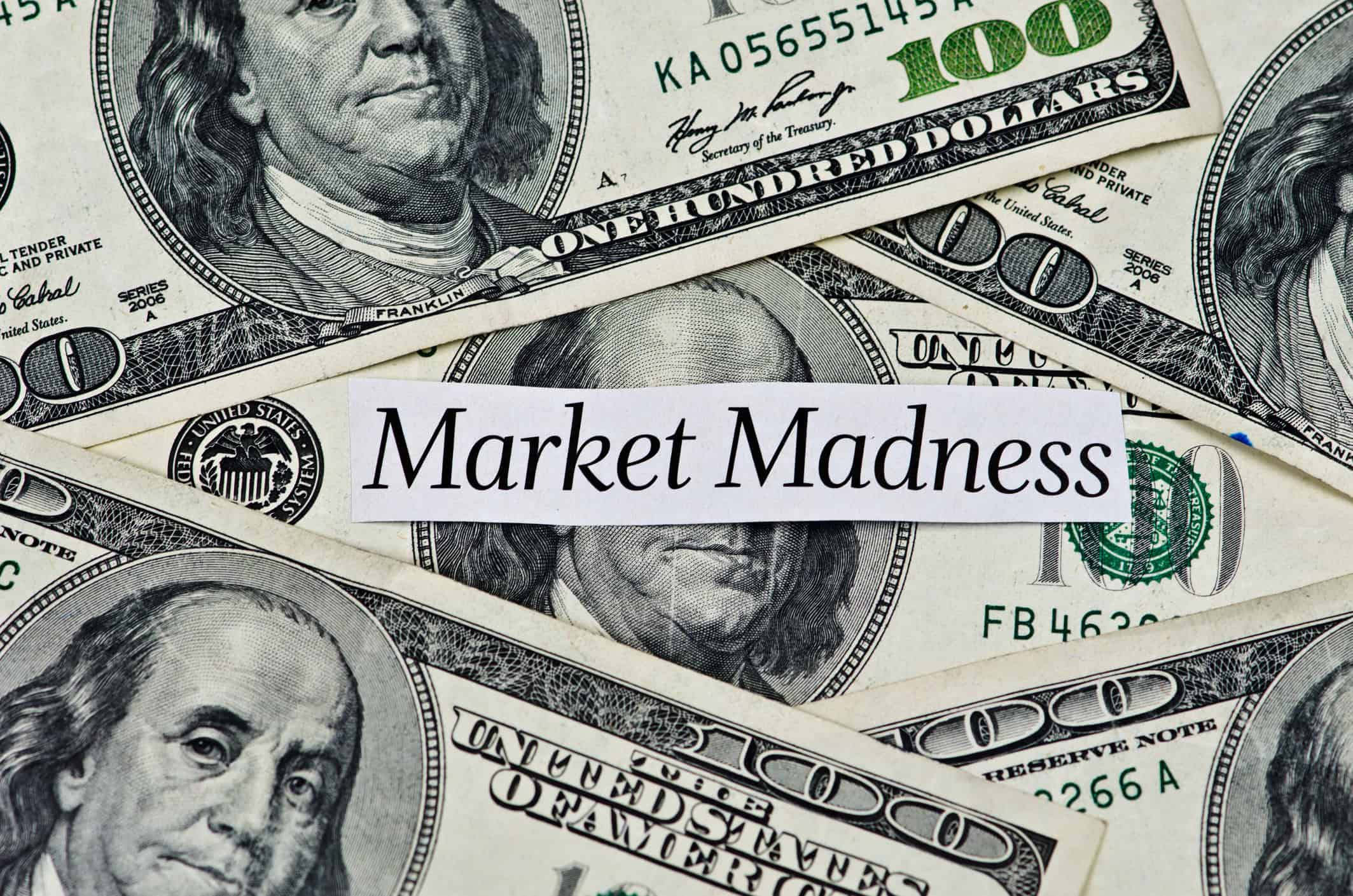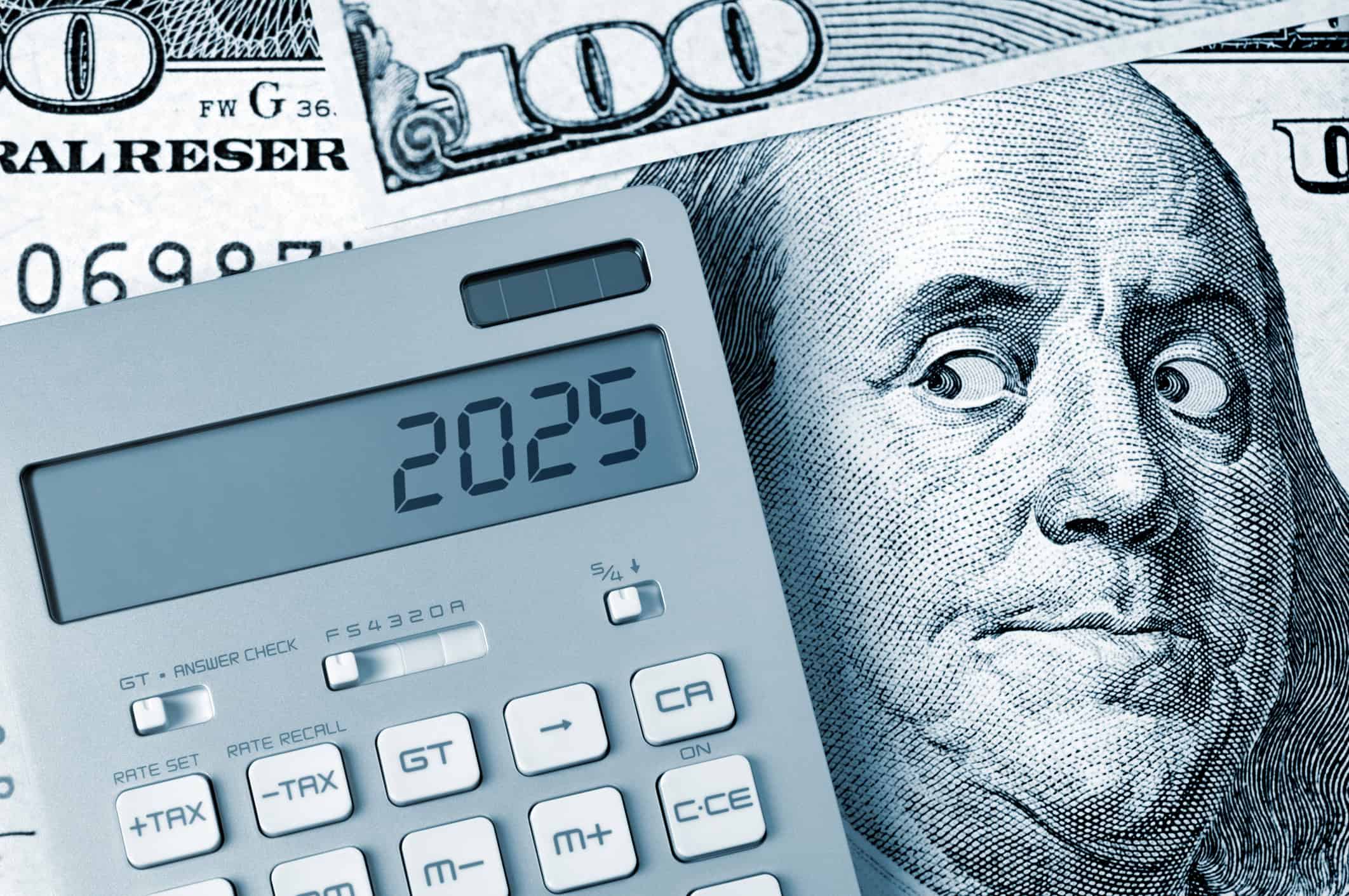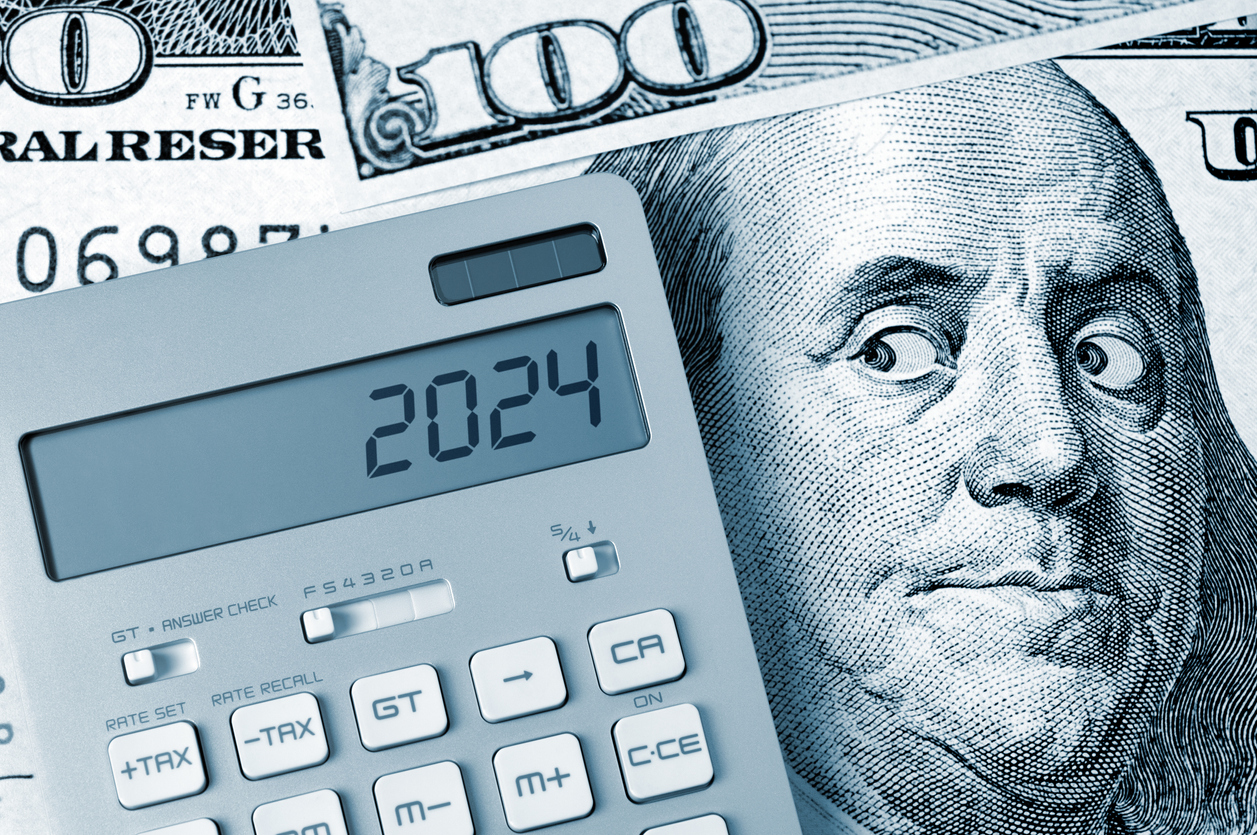
Tactics to Boost Your Retirement Savings – If You’re Over 50
How much do you need for retirement? Well, investment research firm Morningstar has a handy but somewhat scary stat: $1.18 million. Using average annual returns of 6 percent and pegging inflation at 2.5%, Morningstar calculates that’s the amount of savings needed to achieve $40,000 per year in annual income for 30 years *1. Here are some tactics to boost your retirement savings if you’re over 50.
If your retirement assets aren’t quite on track to meet that goal, there are two financial strategies that can help. Both have additional tax benefits. We take a close look at the IRS’s Catch-Up plan and Health Savings Accounts. Key concepts we cover: IRS Catch-Up Plan, Health Savings Accounts (HSAs), and concordant tax benefits.
If You’re Over 50 and Underinvested, the IRS Can Help
According to investment management firm Fidelity, in the first quarter of 2019, Americans with 401(k) plans aged 50-59 had on average $174,100 saved. That $800K shortfall sounds like an impossible journey to cover before retirement, but there is a way to get there. Thanks to the “Catch-Up” contribution, employees aged 50 and over can contribute an additional $6,500 per year to a 401(k) plan. That additional money invested over time has a significant impact on the total value of a retirement plan invested from age 50-70.
The Importance of Catching Up
A $5,000 contribution results in retirement savings of $194,964 over 20 years. However, the maximum gets you to $760,358 – and the max plus the “catch-up” brings you to $1,013,811. At the end of the day, that extra $253,453 can go a long way toward the cost of living, travel, and medical bills (Source: Nerdwallet).
For all calculations, we are assuming retirement at 70 years old to increase income, savings, and Social Security benefits. We’ve looked at the impact that different levels of savings have on your plan over time, assuming a 6 percent annual return rate. The IRS annually sets the maximum level of allowed contributions, which increased to $22,500 per year, plus the $7,500 catch-up in 2023.
How Do Taxes Play into This?
The other side of our 401(k) contribution story is the tax impact. Taking $30,000 per year (the maximum contribution of $22,500 plus the $7,500 catch-up) out of disposable income and putting it to work in savings can seem like a big sacrifice. Pre-tax dollars fund traditional 401(k) contributions, so the tax savings can be substantial. You defer taxes on traditional 401(k) contributions and pay them during retirement. Precisely because that’s when lower income can result in a lower tax bracket.
An Underappreciated Extra – Health Savings Accounts Are Not Just for Medical Expenses
Another tactic to boost your retirement savings is Health Savings Accounts (HSAs). They are a way to save and invest dollars meant for medical expenses. As you move into the 50s and beyond, these types of accounts become even more critical. HSAs paired with High Deductible Health Plans (HDHP) provide savings to cover the deductible (that’s the one caveat – you must have an HDHP to qualify for one).
These accounts provide tax-advantaged savings for current or future medical expenses, including deductibles, co-insurance, prescriptions, vision expenses, and dental care. In certain circumstances – for instance, if you need to use COBRA coverage to bridge a gap in healthcare, they can also be used for premiums. Unused balances are carried over to the following year. Funds never expire, and you can pass them on to a beneficiary after death.
HSAs Have Significant Tax Advantages
HSAs have a “triple tax advantage” because you fund your account with pre-tax dollars. You won’t pay tax on withdrawals made for medical expenditures, and you will not pay tax on interest of investment growth. Keep in mind, however, that you will pay tax at a regular rate on withdrawals made for non-medical expenses, but there is no penalty.
…And There’s a Catch-Up
The maximum contribution for an individual in 2023 is $3,850, and for a family, it’s $7,750. If you are over 55, you can contribute an additional $1,000 to either the individual or family maximum.
Bottom Line
Your financial advisor can help you formulate a plan to get there in time for a successful retirement. Working together with you, they’ll implement tax-advantaged savings and investing strategies that will put your money to work and get you on track.
Let Hennion & Walsh Offer a Second Opinion
Curious to learn more? Our unmatched client experience will give you peace of mind. Just as you may seek a second opinion about your health, we believe successful investors can gain value and peace of mind by getting a second opinion on their financial health. So, whether you’re worried about today’s uncertain economic environment or looking for increased peace of mind, we can help. Get a complimentary second opinion on all your investment accounts not held at Hennion & Walsh today!
Hennion & Walsh Experience
We have investment professionals, planners and portfolio managers that can collectively analyze your situation through the lens of their respective disciplines. Each member brings valuable insights to apply to your situation. Whether you are looking for income strategy guidance or growth strategy guidance, a second opinion of all your investment accounts not currently held at Hennion & Walsh could be beneficial to your financial health.
Disclosures:
Hennion & Walsh Asset Management currently has allocations within its managed money program, and Hennion & Walsh currently has allocations within certain SmartTrust® Unit Investment Trusts (UITs) consistent with several of the portfolio management ideas for consideration cited above.
Past performance does not guarantee future results. We have taken this information from sources that we believe to be reliable and accurate. Hennion and Walsh cannot guarantee the accuracy of said information and cannot be held liable. You cannot invest directly in an index. Diversification can help mitigate the risk and volatility in your portfolio but does not ensure a profit or guarantee against a loss.




